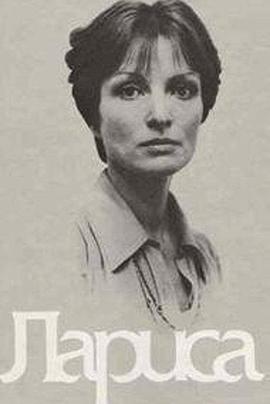影片库
影片库为你选出部影片
1980
剧情片
象人
象人(约翰•赫特 John Hurt 饰)是一个天生的畸形症患者,他的脸长得就像大象的脸,因此而得名。象人一直被利欲昏心的马戏团老板利用,带到世界各地去巡回演出,受尽了非人的虐待。象人所经受的遭遇社会名流们都会感到不可思议,然而乐观坚强的象人却承担了下来。 直到有一次,象人遇上了年轻的英国医生(安东尼•霍普金斯 Anthony Hopkins 饰),出于怜悯和医生的操守,他与马戏团老板签订了“领养”协议后,将象人带回了医院作研究。在医院里,象人重新感受到了人间的温暖,而医生也在和象人的交往中结下了深深的友谊,他已经舍不得这位“上帝的弃儿”。但利欲昏心的马戏团老板带人又将象人抢了回去,象人的新生活是否就此终结?
HD中字
1980
剧情片
拉莉
A loving film tribute to Russian filmmaker Larisa Shepitko, who died tragically in a car accident in 1979 at the age of 40. This documentary by her husband, Elem Klimov, includes excerpts from all of Shepitko's films, and her own voice is heard talking about her life and art. Elem Klimov's grief-stricken elegy Larisa examines the life of his late wife—the film director Larisa Shepitko—through a series of direct-address interviews and photomontages, set against a mournful visual-musical backdrop. Typically, Klimov films his subjects (which include himself and several of Shepitko's collaborators) within a stark, snow-covered forest, its tangled web of trees standing in as metaphorical representation of a perhaps inexpressible suffering, the result of Shepitko's premature death while filming her adaptation of Valentin Rasputin's novella Farewell to Matyora. Interweaving home movie footage with sequences from Shepitko's work (Maya Bulgakova's pensive plane crash reminiscence from Wings takes on several new layers of resonance in this context), Larisa's most powerful passage is its first accompanied by the grandiose final music cue from Shepitko's You and I, Klimov dissolves between a series of personal photographs that encompass Larisa's entire life, from birth to death. This brief symphony of sorrow anticipates the cathartic reverse-motion climax of Klimov's Come and See, though by placing the scene first within Larisa's chronology, Klimov seems to be working against catharsis. The pain is clearly fresh, the wound still festering, and Klimov wants—above all—to capture how deep misery's knife has cut.
HD中字



